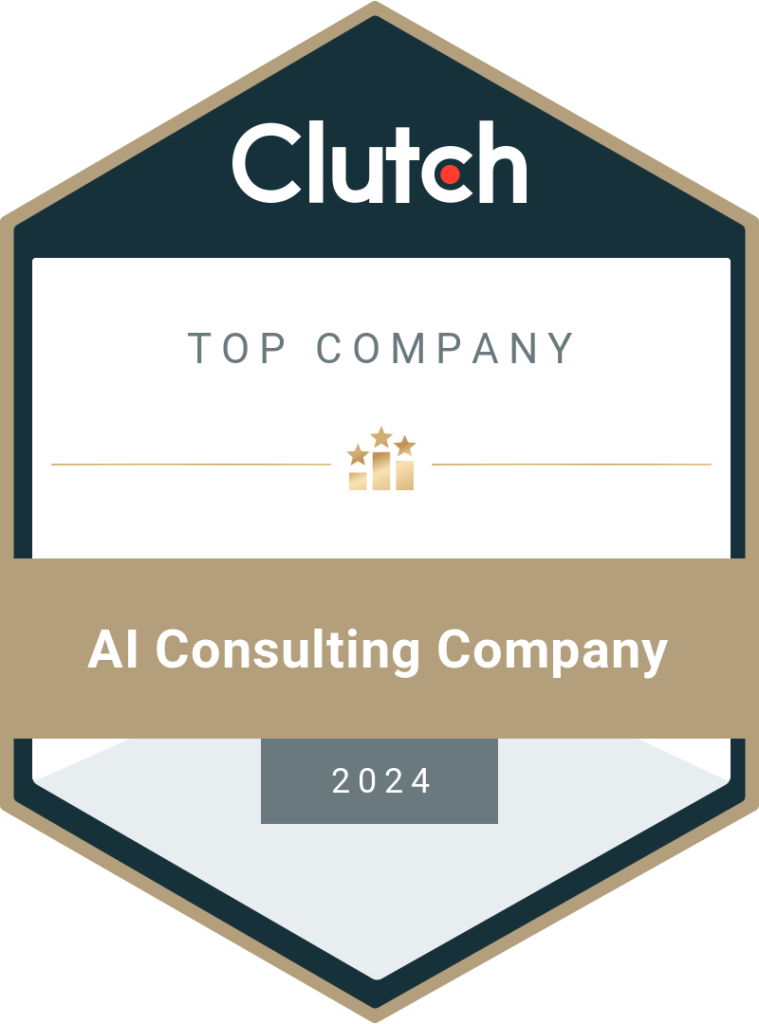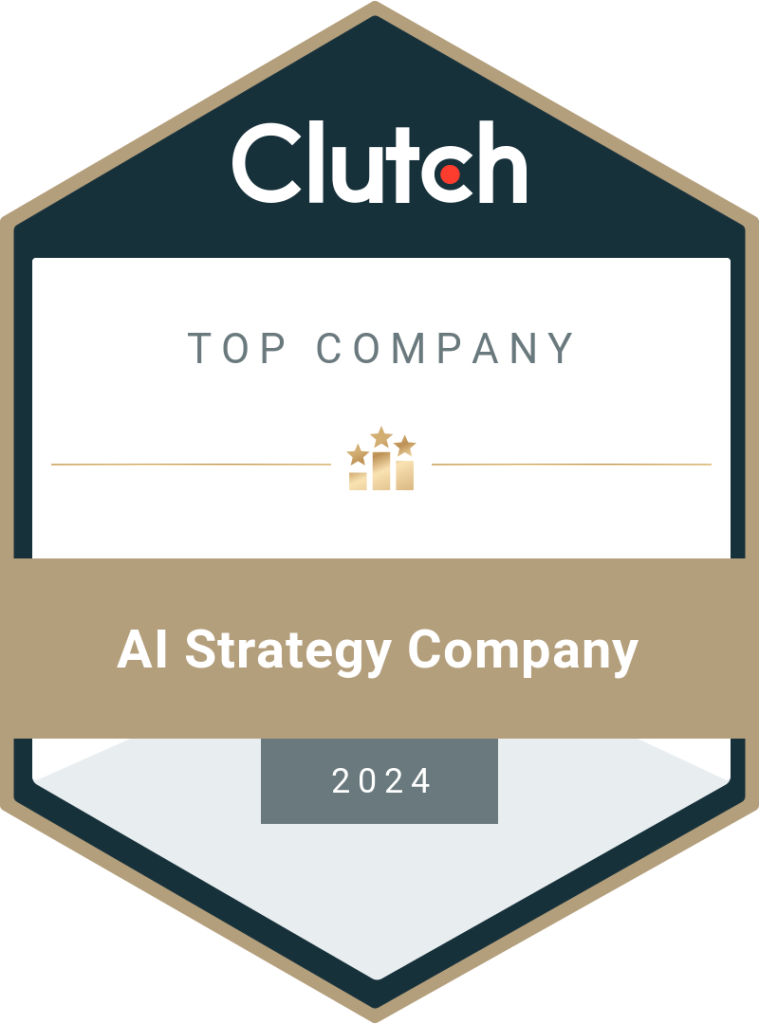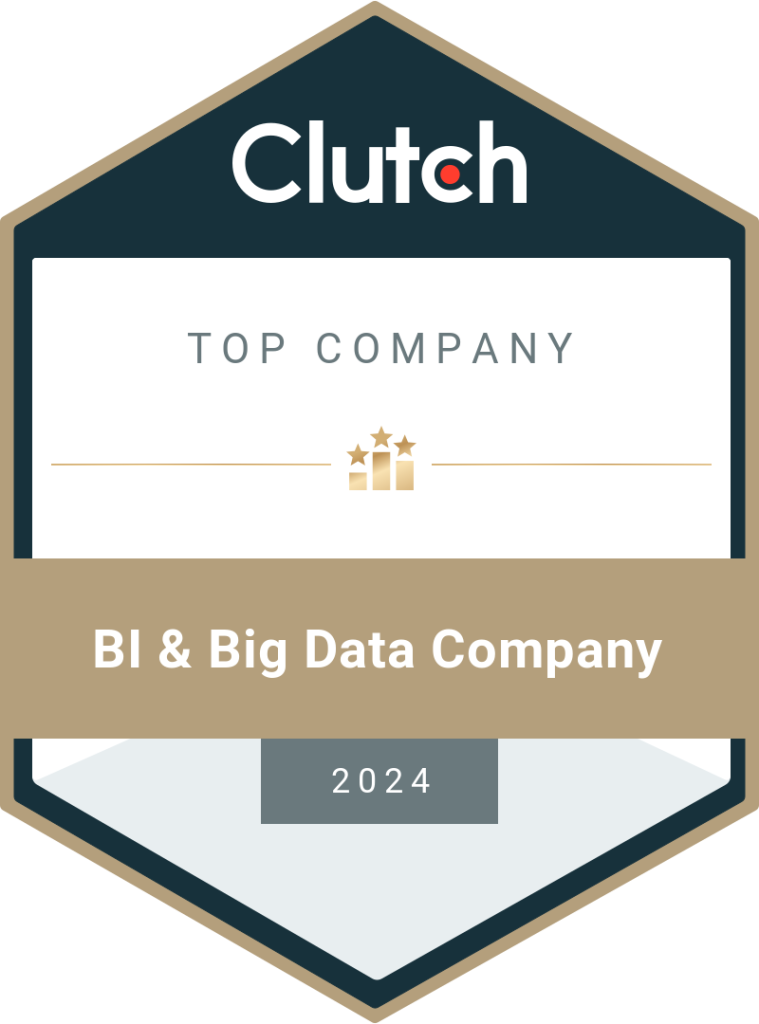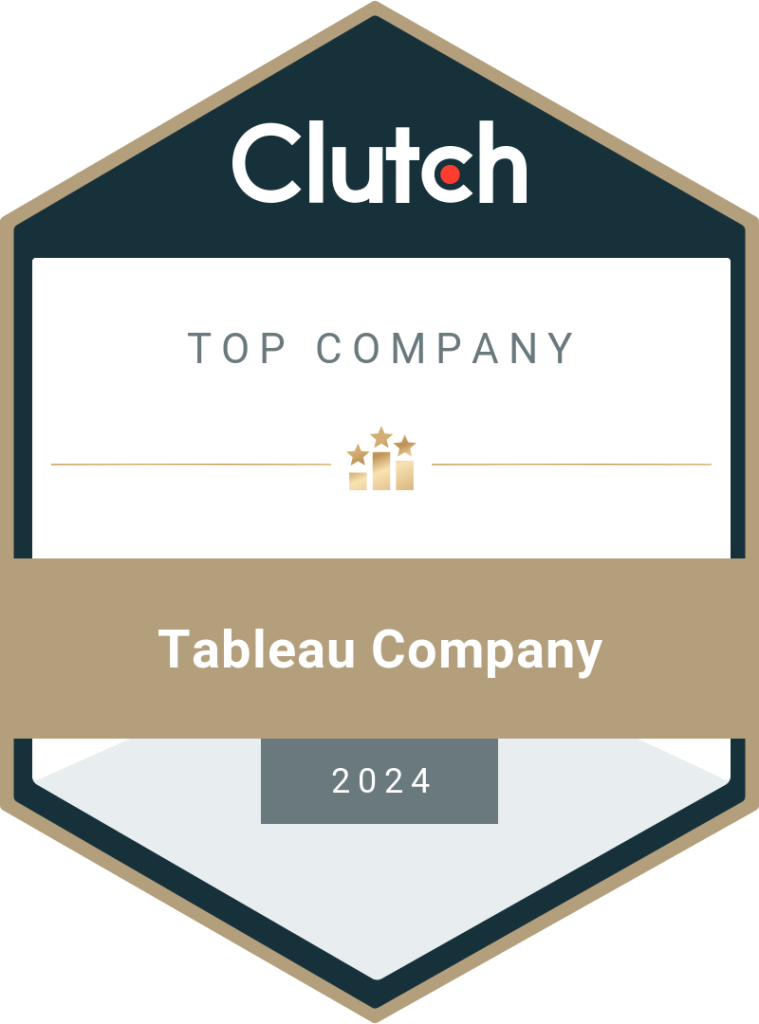14 Proven Fixes for Slow Power BI Dashboards (By a Developer)
While Microsoft Power BI is an effective tool for business intelligence and data visualization, it can cause a few concerns. Here, we’ll discuss the reasons for slow Power BI dashboards and proven ways to fix the issues as provided by a certified developer. Microsoft Power BI is a business intelligence and data visualization platform with a global client base. Statistics show that around 54,978 companies use Power BI. It enjoys 13.28% of the global market share in the data visualization market, with Tableau, D3js, and Heap Analytics as its competitors. Many startups, SMBs, and multinational organizations use Power BI for various purposes. From the sales teams to finance departments, everyone in the enterprise uses the platform to analyze business data and generate reports to make data-driven decisions. The visualizations on the dashboards are attractive, interactive, and informative. However, some businesses have issues with slow Power BI dashboards. The reports are not generated in real-time, or take too many resources to deliver the output. This leads to questions like, Why is my Power BI dashboard loading so slowly? How can I fix this issue? And so on! Is there an answer to these questions? Absolutely! Slow dashboards can be due to various reasons. It can be resolved by identifying the core problem. Sometimes, it’s a combination of reasons. In such instances, you will get better results by hiring a Power BI consulting company to resolve the issue. Here, we’ll look at the causes of slow Power BI dashboards as well as how to improve report performance in Power BI by making a few strategic and technical changes to the process. Potential Causes for a Slow Power BI Dashboard Power BI performance depends on various factors like the existing IT infrastructure, internet network, hardware, third-party software, employee efficiency, and much more. That’s why it’s recommended to work with a Power BI service provider to perform an audit of your systems and create a comprehensive plan to revamp the entire data architecture and infrastructure if required. Even if it sounds like an expensive and complex project, it ensures seamless performance and fast results. It also provides high ROI and makes it a worthy investment. A few common reasons for slow Power BI dashboards are as follows: Outdated Architecture Data architecture refers to the blueprint of how you manage your business data. It includes data collection, cleaning, storing, transformation, etc., as well as how the data is used to derive meaningful insights. Having a robust data architecture will ensure seamless data flow within the organizations. However, when you use outdated department silos and older software with Power BI, the platform cannot work effectively. For example, connecting Power BI with SQL Server databases might be easy but the results will be greater if you connect it to Amazon Redshift or Azure. This requires technical expertise. Mismatch of Technologies Though many third-party tools can be integrated using APIs or other means, it is important to choose the ones that are more compatible with each other and don’t cause glitches. Moreover, using older technology with the latest ones can reduce overall efficiency. Power BI can have a few issues working with the distributed nature of the cloud. So, dealing with large datasets can be a concern if the connections are not set up properly. This slows the Power BI dashboard and limits real-time decision-making. You can improve Power BI speed by choosing supporting tools and technologies with care. Data Complexity and Volume There’s no lack of data in today’s times. If anything, it’s the opposite. Businesses often have too much data, with more being generated every hour. However, not all of it is useful. Additionally, creating data relationships can be complex and confusing. When such highly complex datasets are connected to Power BI, the tool can take extra time to analyze the data and provide an output. It results in computational overheads while reducing responsiveness. Knowing how to store complex data and use it for analytics can resolve the issue. Poor Data Modeling and Management Data modeling is the creation of a visual representation of data and its relationship within the database. It streamlines the ETL (extract, transform, load) process by reducing uncertainties. However, if your data modeling and management processes are not clearly defined or optimized, you will end up with poor data quality and glitches, which ultimately slow down the entire system. Power BI dashboards will be less efficient in analyzing the data to deliver insights. On the other hand, robust data modeling makes it easier to automate the process using AI tools and speeds up the Power BI dashboards. Excess Visualization in Reports Data visualization is the graphical representation of data and insights using charts, graphs, diagrams, infographics, and animations. These reports are interactive and unique, and make it easy to understand complex insights. Power BI dashboards are used to create dynamic visualizations. However, you should be careful not to overdo this. Adding multiple visuals to the same page can overload it and slow down the dashboard. This results in lower efficiency and delayed insights. Think about whether you really need a dozen visuals on the same page or if you can use only a few to share the same information. Power BI dashboard optimization includes personalization of the visuals to balance efficiency and speed with user-friendliness. Overloaded Report Architecture (DAX calculations) DAX stands for Data Analysis Expressions and is used for queries and calculations. It is different from SQL, which works seamlessly with Power BI. Translating DAX to SQL queries can result in slow processing and inefficiencies. When the data operations become more complex, it further affects the platform and causes a lag. Optimizing the report architecture instead of overloading it is a comprehensive solution to overcome the challenge. This can be done by certified Power BI experts. Hire reputed Power BI services to rewrite the formulas, remove unwanted high-cardinality fields, and optimize the process. 14 Proven Fixes for Slow Power BI Dashboards Power BI optimization can speed up slow dashboards. This
Read More






